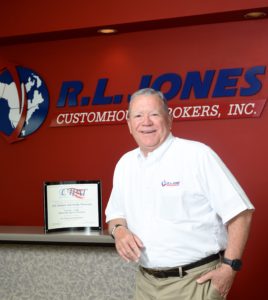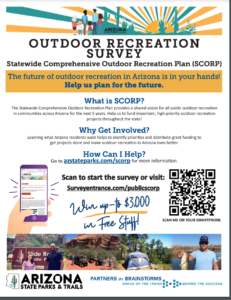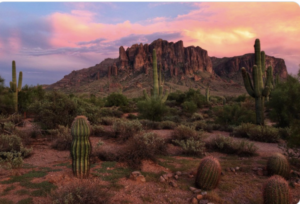Thank you for supporting the Arizona State Parks Heritage Fund. On June 28, 2022, the Governor signed the 2022/2023 Budget which included an one-time appropriation of $2.5 million to fund the Arizona State Parks Heritage Fund. Please feel free to email or call us at 602,738.8381 if you have any questions or need more information.
Support Flyer – Vote Yes on SB1270
List of 2021/2022 ASP Heritage Fund grant awards (as of 6.29.2022)
2021/2022 Estimated Totals of ASP Heritage Fund and ARAP grant awards (as of 6.29.2022)
Arizona Heritage Alliance Email blast – 2022 Legislative Session is Open
Alert: SB1270 is on AZ Senate Appropriations Committee 2.1.2022 Agenda
Live Webinar on Background of the Arizona State Parks Heritage Fund.
Letter to the Editor by AHA Board Member Natalya Brown – Phoenix Independent
Letter to the Editor by AHA Board Member Natalya Brown – Daily Independent
Letter to the Editor by AHA Board Member Steve Farley – Tucson Daily Star
Guest Column by AHA President Russ Jones – Yuma Sun
Letter to the Editor by AHA Board Member Bryan Martyn – Daily Independent
Colorado College released the results from their 2022 Conservation in the West Poll. It’s chalk full of resources that you could incorporate into your discussions with decision-makers and communications materials on the benefits of public lands spaces to Arizonans, Here’s a few resources to highlight:
- Arizona State Summary Report – this has fantastic infographics/visuals to share!
- Presentation on Public Lands in the West
Alert: SB1270 is on the AZ House Land, Argiculture and Rural Affairs Committee 3.14.2022 Agenda
February 2022 Poll – Arizona Statewide Issues – Prepared for the State Innovation Exchange by TargetSmart
Alert: SB1270 Still Needs Your Support to Restore the ASP Heritage Fund in the Lottery
FY 2023 Executive Arizona State Parks Budget Handout






You must be logged in to post a comment.